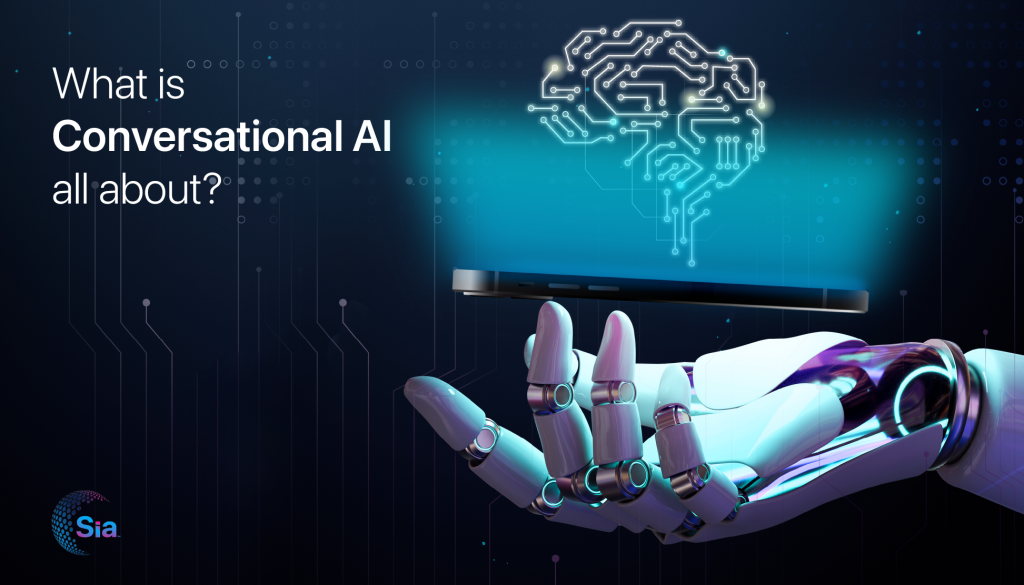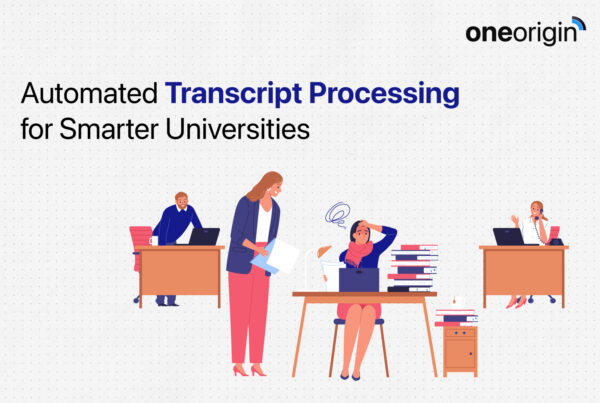Every time you ask Alexa to play your favorite song or ask Siri for directions, conversational AI is in action. What does conversational AI mean? A conversational AI system allows humans and computers to communicate efficiently through speech or text. Adaptive, automated responses are generated by conversational AI by analyzing the content of the conversation and predicting the user’s intent. From a surface level, conversational AI seems straightforward: customers interact with a virtual assistant and receive appropriate responses. To ensure everything runs smoothly, several technologies are working behind the scenes. As part of the first phase, natural language processing (NLP) corrects spelling, identifies synonyms, interprets grammar, recognizes sentiment, and breaks down the request into words and sentences that the virtual agent can understand. After the request has been prepared using NLP, several deep learning and machine learning models are applied. Then, with the help of Natural Language Understanding (NLU), conversational AI determines a request’s correct intent and extracts additional information that can utilize to trigger subsequent actions. A response to the customer is necessary once the request has been comprehended. Conversing with virtual agents directly allows conversational AI to perform better than traditional chatbots. With each intent, AI learns variations and how to improve responses over time. Bring the power of conversational AI to your university with Sia, the world’s first Unified AI Engine. With features like advanced natural language processing, tone and conversation-based speech synthesis, sentiment, and semantic analysis, Sia never leaves a question unanswered.
What is Conversational AI all about?




